Imagine facing a new project. The plan is ready, the briefing has been discussed with the client, and creative freedom is complete. But as you stare into the empty space, you feel a familiar uneasiness: "where do I begin? How do I create something unique that reflects the client's essence and, at the same time, surprises?"
This feeling is familiar to many interior designers. The search for inspiration is not always a linear path. Some days, ideas flow like a river; others seem trapped in a creative desert. However, it is precisely in these moments of doubt that exploring new sources of inspiration can make all the difference.
Finding references that go beyond the obvious is what separates a functional project from a memorable space. The good news is that the world is a whole of stimuli, ready to be translated into colours, shapes, and concepts. From the latest global trends to the memories we carry, inspiration is everywhere – you have to know where and how to look for it.
Are you ready to expand your creative universe? In this article, we will guide you on a journey of discovery, exploring endless sources of creativity that will take your projects to the next level. In interior design, true art is transforming an idea into emotion.
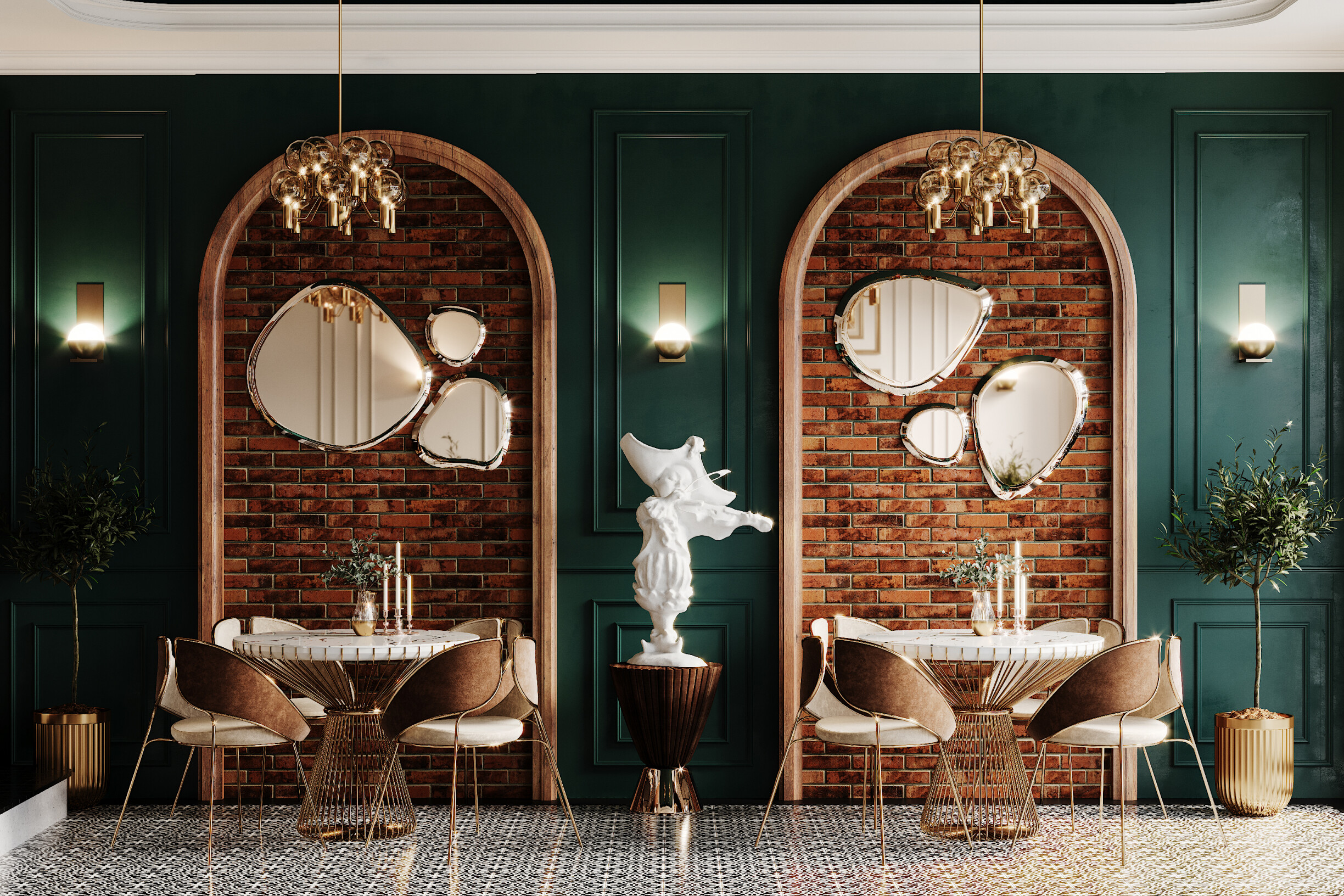
"You can't wait for inspiration, you have to go after it with a club."
Jack London, an American novelist, journalist, and activist
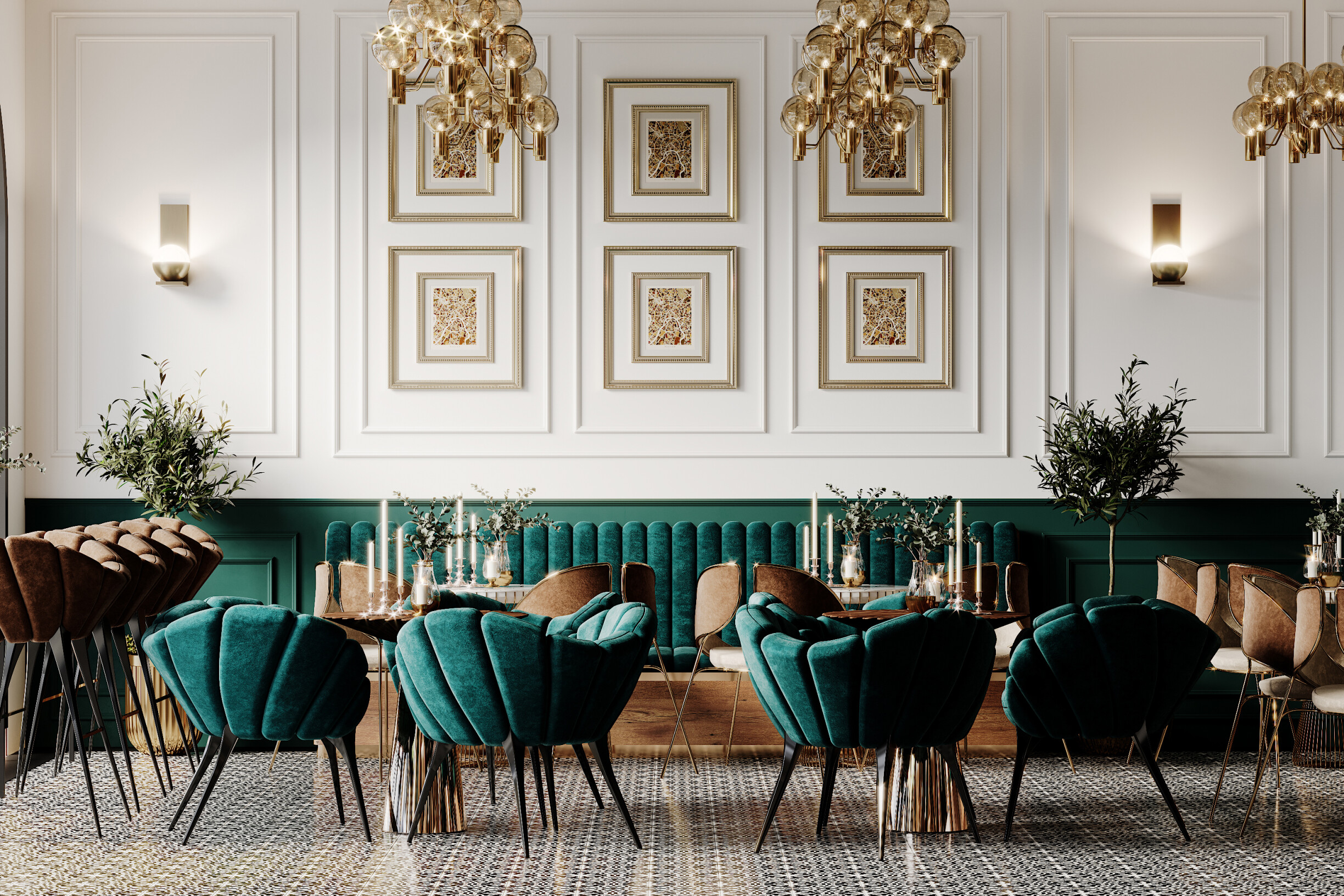
To create projects that stand out, exploring diverse sources of inspiration is not just desirable – it's essential. Creativity does not arise out of a vacuum; it is fed by the references and experiences we accumulate over time. When a designer can look beyond traditional sources, he discovers possibilities that transform common ideas into innovative concepts.
The diversity of references expands the visual and cultural repertoire, allowing each project to have its own identity. Incorporating unexpected or unusual elements, whether from a global trend or a personal memory, can be the factor that differentiates one space from another.
The first step in actively seeking inspiration is to keep a curious mind and be attentive to what is happening around you. Some effective practices include:
Visiting design fairs;
Following specialized publications;
Exploring museums;
Observing the dynamics of cities.
Furthermore, the digital world offers valuable tools. Platforms like Pinterest and Instagram are catalogs of inspiration, with endless ideas organized by styles, themes, and colours. Blogs and online magazines help you follow trends and news in the sector in real-time.
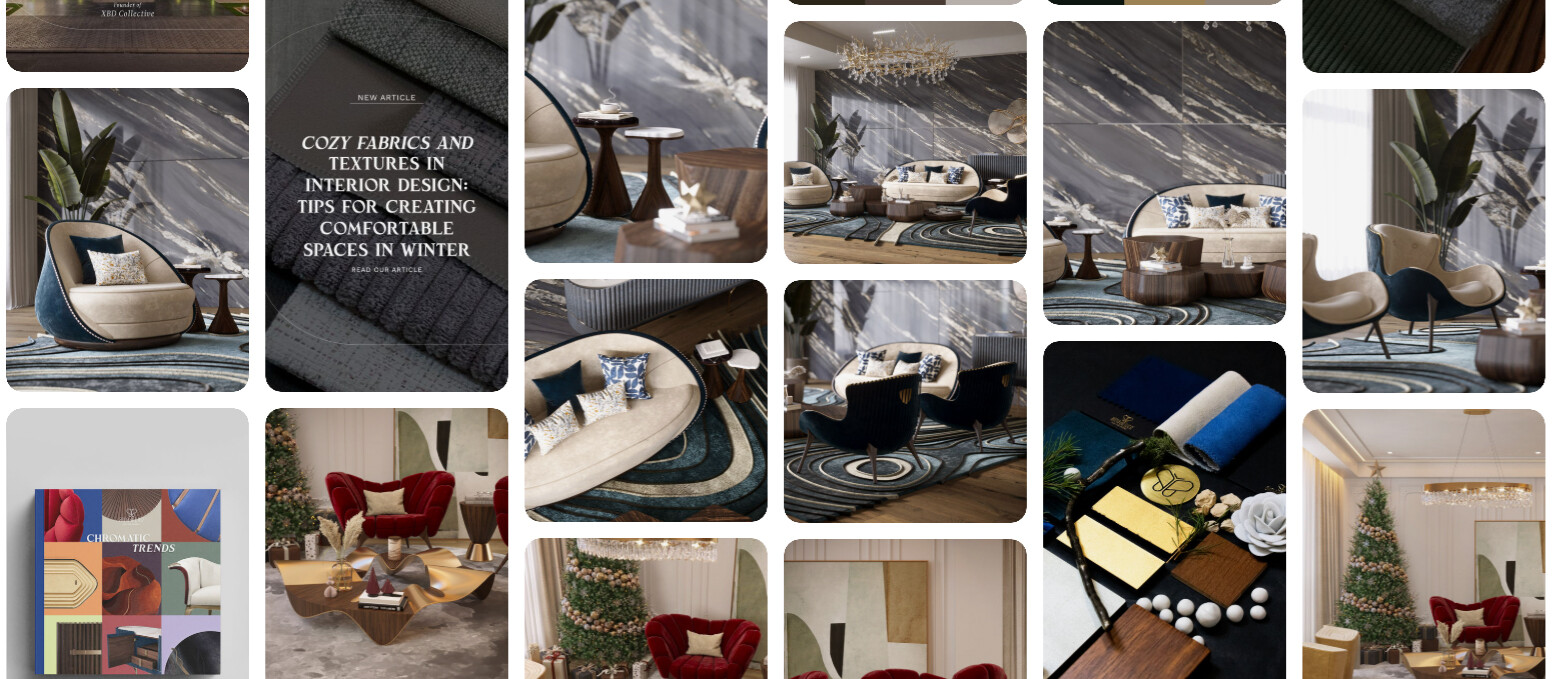
By diversifying your sources of inspiration, we ensure that you develop a more refined eye and can respond creatively to each client's needs. After all, in interior design, every detail counts, and the most striking details often come from unexpected places.
Global trends directly influence interior design, reflecting cultural and social movements. Attention to detail is essential to creating updated projects, but the challenge lies in reinterpreting them with originality, giving them a unique touch.
Minimalism is still rising, with a focus on simplicity and natural materials. Biophilic design, which promotes well-being through integrating nature into spaces, is another strong trend. Maximalism focuses on vibrant colours, bold prints, and unexpected combinations, bringing personality to spaces.
Another relevant trend is the creation of multifunctional spaces, which respond to the need for flexibility. This includes modular furniture, creative partitions, and technological solutions that optimize space use.
The key for interior designers is to interpret these trends creatively and adapt them to the client's context. For example, a project inspired by minimalism can gain personality by incorporating local elements or handmade materials. Biophilic design can be adapted to an urban area using high-quality artificial plants or lighting miming natural light.
In interior design, some sources of inspiration are inexhaustible, offering endless ideas that can transform any project. Travel, cultures, nature, memories, and emotions stand out.
Each of these sources offers a unique wealth of references, from cultural elements from different parts of the world to the shapes and textures of nature, not forgetting the emotional depth that personal memories can bring to a space.
Travel offers one of the most enriching ways to expand an interior designer's creative repertoire. Each destination brings a unique cultural background, with visual influences that can be translated into innovative design projects. The richness of elements, such as patterns, materials, and colours, can inspire authentic and original design solutions.
Imagine exploring Hell's Gate in Darvaza, Turkmenistan, where continuous flames rising from the ground can inspire the use of warm colours and materials that evoke the power of nature.
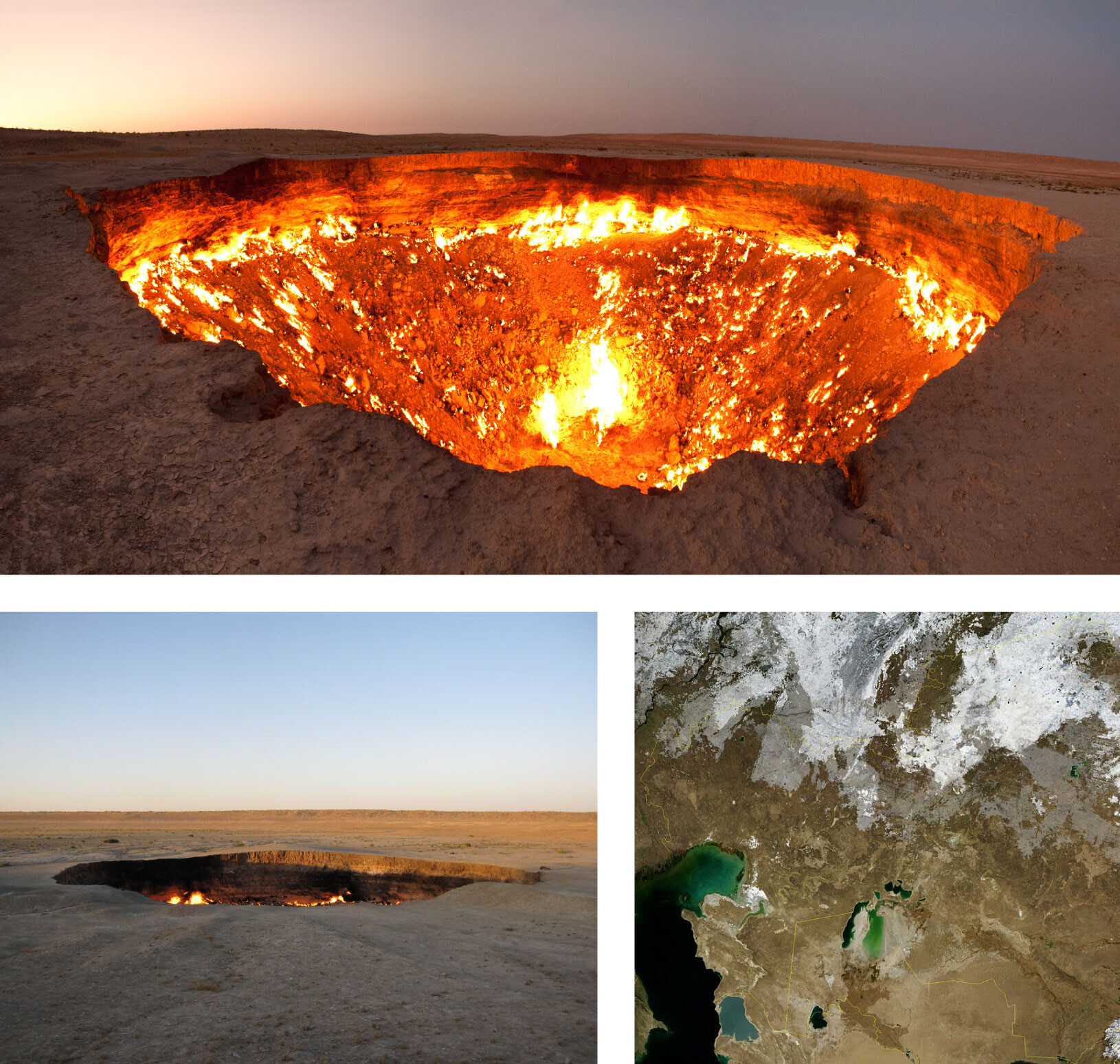
Or the majestic Matterhorn in Switzerland, whose icy landscapes and rock formations offer a palette of natural textures and cool colours that can be used to create areas that convey serenity and elegance.
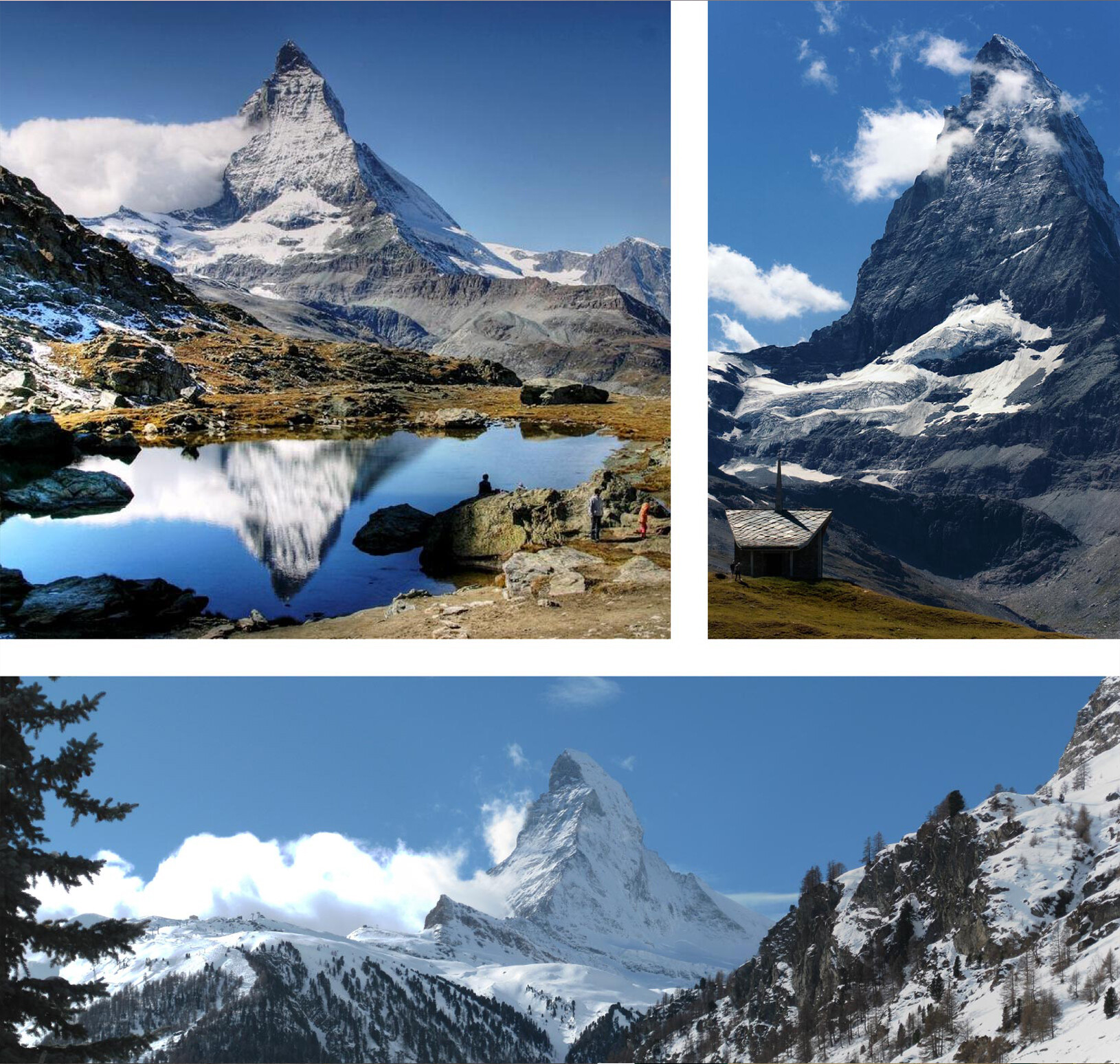
Another possibility is to visit Ghadames, in Libya, an oasis city in the desert. Its mud buildings and architecture, adapted to the arid climate, can inspire the use of natural materials and passive ventilation solutions in interior design.
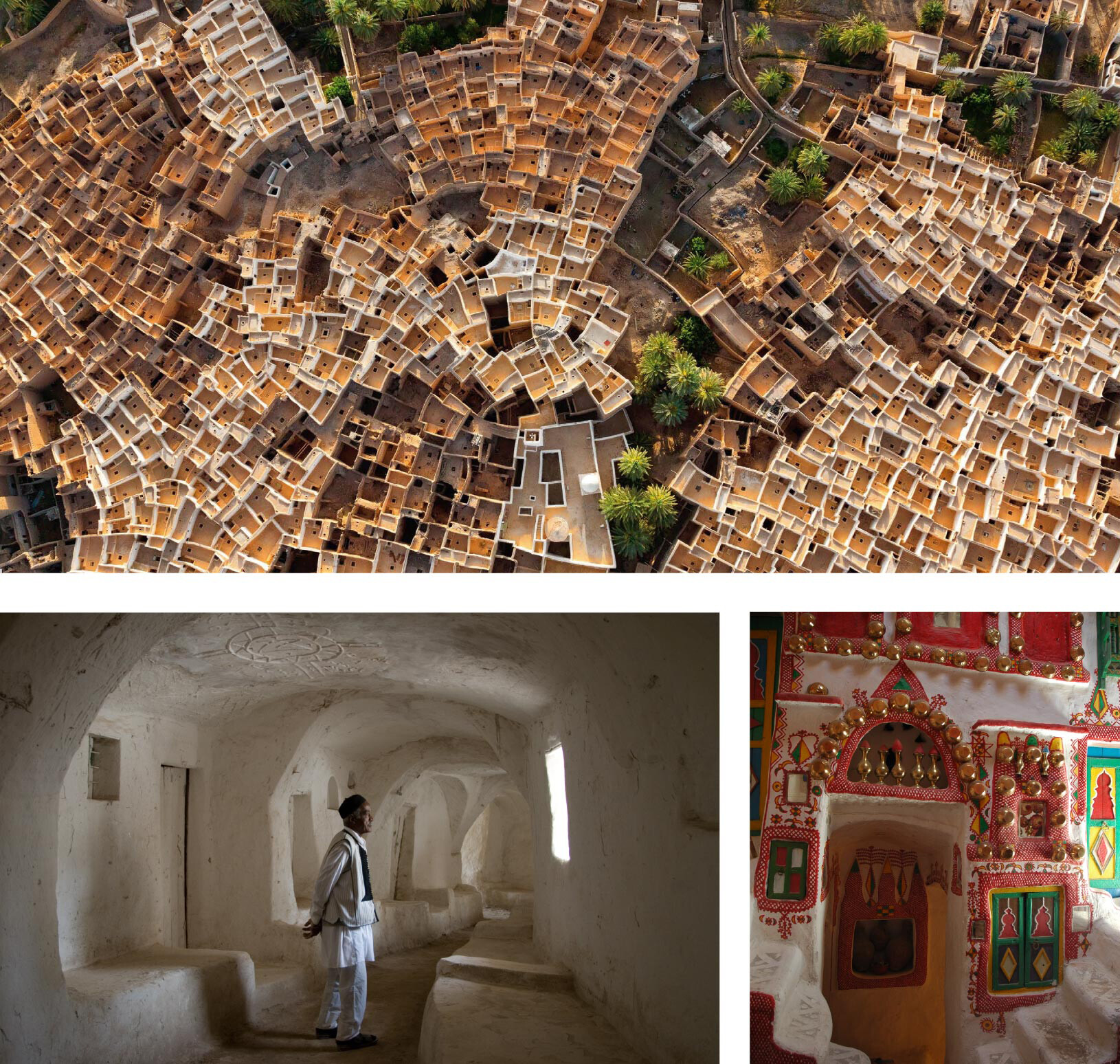
These cultural and geographical details offer unique references that create a rich and personality-filled space when incorporated into interior design.
Using cultural diversity in design not only enriches projects but also promotes the creation of spaces with history and depth. These spaces speak directly to the client, connecting them emotionally with the project.
Nature has always been an inexhaustible source of inspiration in interior design, offering shapes, colours, and textures that, in addition to being aesthetically pleasing, convey a sense of harmony and tranquility. Her ability to evoke deep emotions and create relaxing atmospheres makes her a timeless muse for any design project.
Organic shapes found in nature, such as the sinuous lines of a leaf or the curvature of a rock, can be translated into furniture or decorative elements that bring fluidity and softness to projects. We can create more welcoming areas without losing sophistication by incorporating these shapes into interior design.
Natural colours, such as the green of forests, the blue of waters, and the earthy tones of deserts, can be used to balance spaces. These tones have the power to calm and relax, creating elegant and serene spaces. Applying these colour palettes, whether on walls, furniture, or accessories, brings you into contact with nature and your inner peace.
Additionally, natural textures such as wood, stone, and ceramic are essential to giving the design a touch of authenticity. Wood can bring a rustic and welcoming touch, while stone conveys robustness and durability. The combination of these textures creates a room that refers to nature and its biological processes of growth and renewal.
Nature also teaches us that balance and harmony are fundamental concepts in any interior design project. By seeking inspiration from nature, we can transform spaces into peaceful havens where each element is in harmony with the whole.


Personal memories and emotions are potent sources of inspiration in interior design, as they allow the creation of truly unique spaces that reflect stories and life experiences. Every space can evoke feelings and sensations, and by transforming these emotions into tangible elements, the designer can create a space that is not only functional and aesthetically pleasing but also deeply meaningful.
Interior design inspired by personal memories goes beyond aesthetics. It creates an emotional connection between the client and the space, providing a room where each element tells a story, whether through old photographs, objects of sentimental value, or even references to unique places and moments. This personalized approach enriches the project, making it visually appealing, engaging, and emotionally charged.
Emotions can be creatively translated through the colours, textures, and shapes chosen for the space. For example, a soft, warm colour palette evokes comfort and security, while more vibrant hues convey joy and energy. Textures also play an essential role: a fabric that is soft to the touch can evoke memories of relaxing moments, while the rigidity of a material such as metal or concrete can symbolize strength and stability.
Additionally, storytelling through design is an effective way to make a space more engaging. Each interior design project can be seen as a narrative in which the client is the protagonist and the space is the setting. You can explore themes such as family trips, special celebrations, or even historical passages that are significant to the client, transforming them into design components such as furniture, decorative objects, or even the organization of the space.
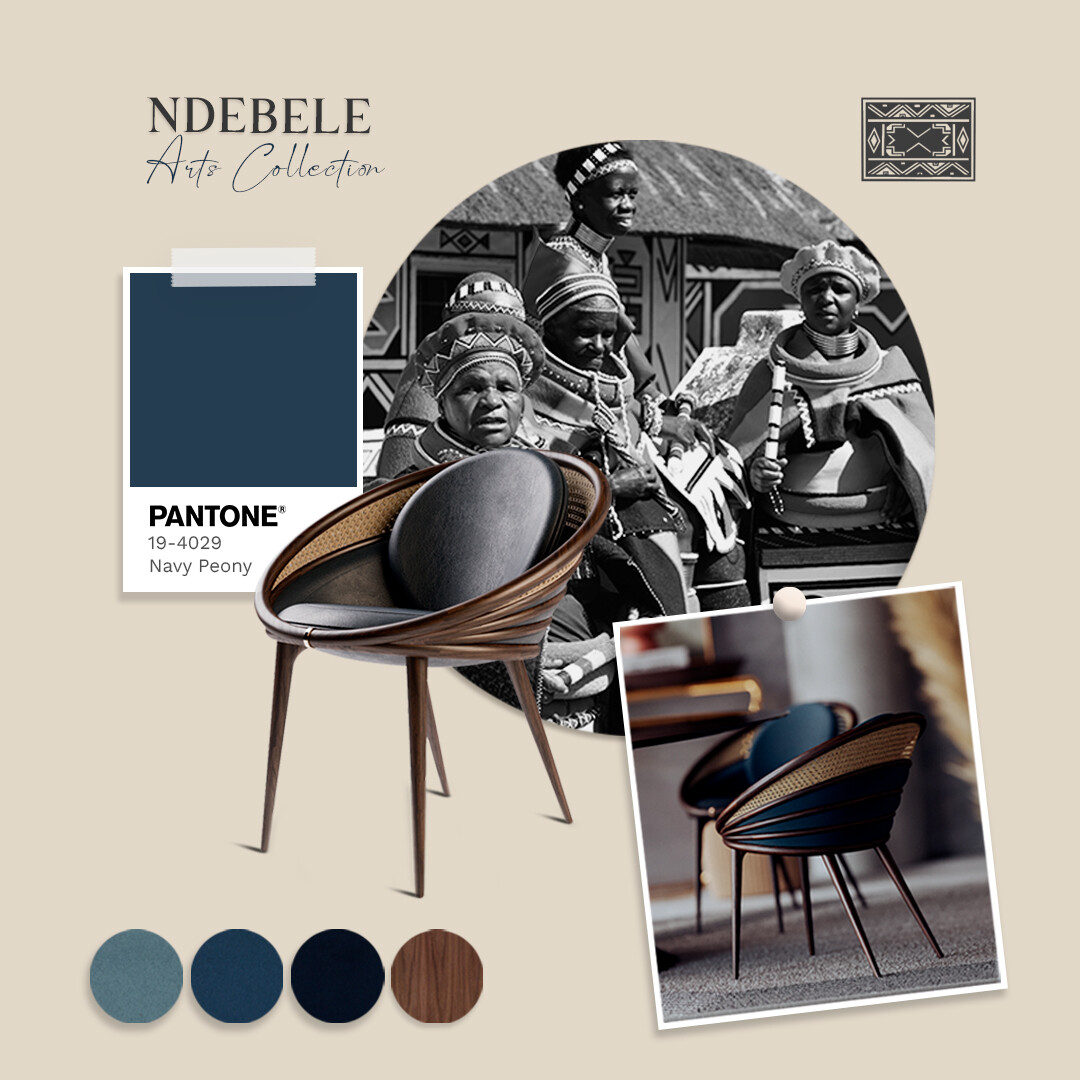
Exploring diverse sources of inspiration is crucial to creating innovative interior designs. The secret is not limiting yourself to obvious solutions but continually looking for new sources. The future of interior design is limitless, and inspiration is everywhere.
Are you ready to start exploring your sources of inspiration? We help you take the first step by visiting ALMA de LUCE's Pinterest to discover inspirations that best suit your needs, your tastes, or your client's desires. We will help you create exclusive and current projects that win over your customers with these trends.